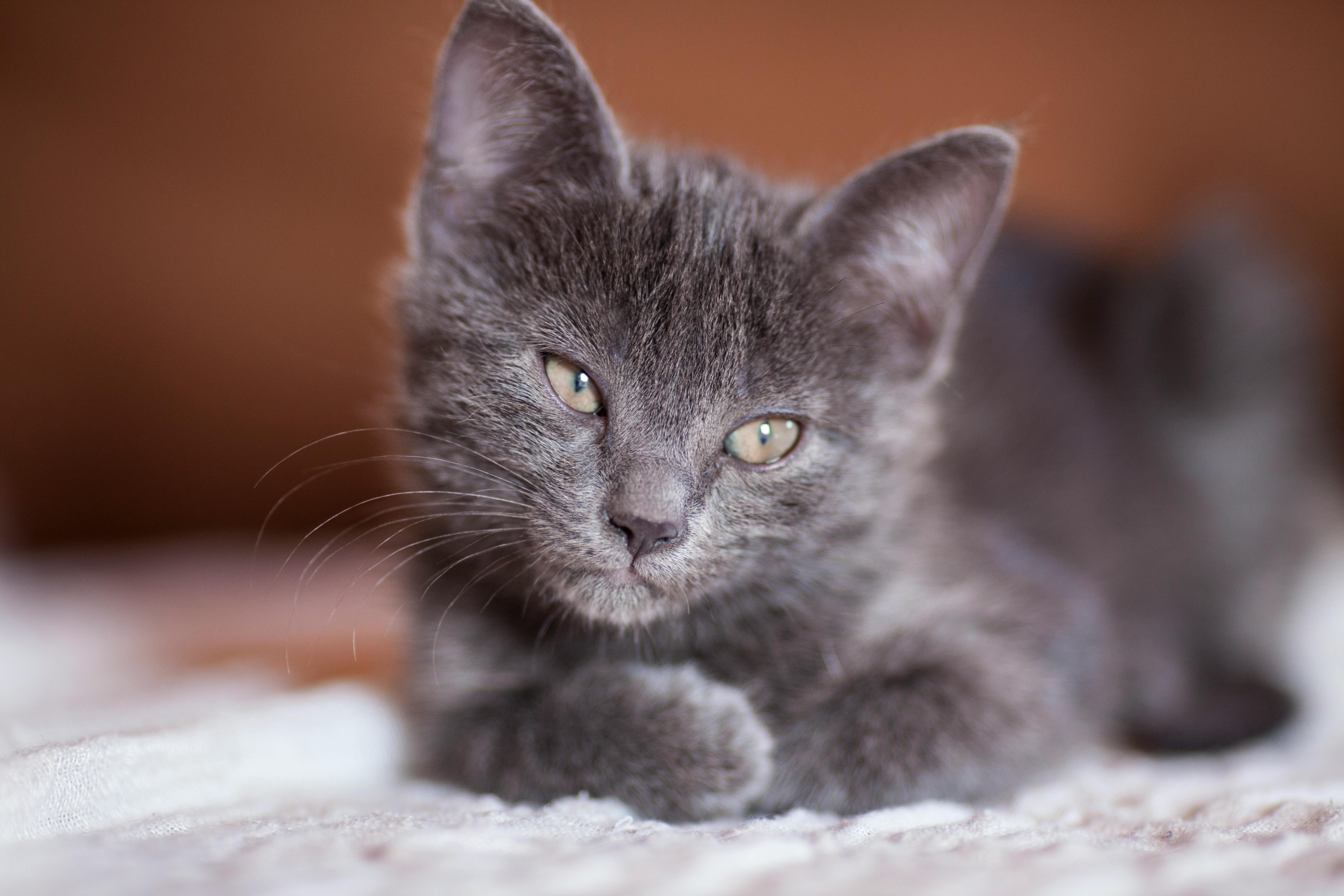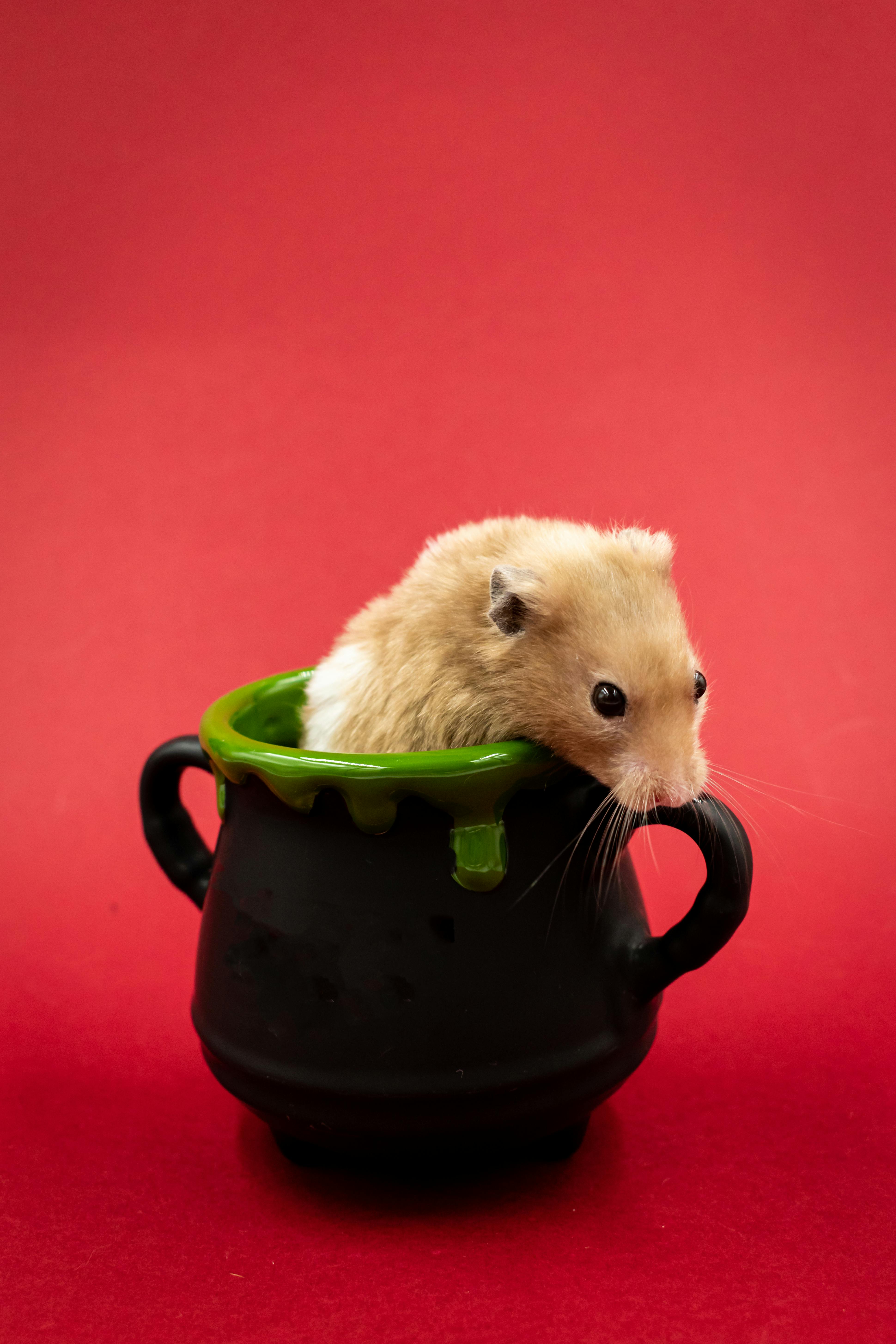Effective Ways to Raise New Zealand Red Rabbit for Success in 2025
Introduction to the New Zealand Red Rabbit Breed
The New Zealand Red Rabbit is not only an ideal pet choice but also a prime candidate for commercial meat production. Known for their striking color and compact size, these rabbits exhibit remarkable meat yield, making them a favorite among breeders and agricultural enthusiasts. Their gentle temperament and adaptability to various environments further enhance their appeal. This article explores effective ways to care for and raise New Zealand Red Rabbits, ensuring success in both personal and potentially commercial endeavors in 2025.
Understanding the characteristics, care needs, socialization, and grooming practices for New Zealand Red Rabbits can help prospective owners provide the best environment for their furry companions. By following expert advice on feeding and health care, you can ensure long and happy lives for your rabbits. This guide will cover essential aspects of New Zealand Red Rabbit care, including diet, grooming, socialization, and health, along with practical tips for new owners.
Key takeaways will include an overview of the breed's characteristics, requirements for proper housing and nutrition, and insights into their temperament, providing a comprehensive foundation for raising New Zealand Red Rabbits successfully.
Understanding New Zealand Red Rabbit Characteristics
Physical Traits of New Zealand Rabbits
The New Zealand Red Rabbit is characterized by its vibrant red fur and robust build. Typically, these rabbits weigh between 8 to 11 pounds, depending on factors such as age and diet. Their compact size makes them suitable for both indoor and outdoor living. Understanding these physical characteristics is essential for potential owners to provide proper housing that accommodates their needs. Moreover, these rabbits possess a unique feature that sets them apart from other breeds: their resilient health and eagerness to thrive in various environments.
Behavioral Characteristics
New Zealand Red Rabbits are noted for their gentle temperament and adaptability, making them great pets for families and individuals alike. They are generally friendly and can easily bond with their human caregivers. An important aspect of their behavior is their high energy levels; thus, providing ample space and enrichment is essential for keeping them happy and healthy. Owners should be aware of their behavioral signs and social needs to ensure a loving and supportive atmosphere.
New Zealand Rabbit Lifespan and Health Issues
The average lifespan of a New Zealand Red Rabbit is typically 8 to 12 years, depending on care and genetics. However, these rabbits can face some health challenges, such as dental issues and obesity, which are common in the breed. Regular veterinary check-ups, a balanced diet, and proper housing can mitigate these concerns and promote a long, healthy life. Regular exercise routines tailored to their needs contribute notably to their wellbeing, enhancing their lifespan.
Proper Nutrition for New Zealand Red Rabbits
Feeding Requirements
A balanced diet is crucial for the health of New Zealand Red Rabbits. They thrive on high-fiber hay, fresh vegetables, and a limited amount of pellets. It's essential to introduce new foods gradually to prevent digestive problems. When transitioning to a new diet, owners should carefully monitor their rabbits for any adverse reactions. Understanding nutritional needs is vital for maintaining healthy weight and preventing common health issues.
Red Rabbit Diet Essentials
New Zealand Red Rabbits benefit from a diet rich in vegetables such as kale, romaine lettuce, and carrots. Additionally, providing rabbit-safe fruits as occasional treats can enhance their dietary variety. It's critical to ensure that any fruits and vegetables offered are fresh and pesticide-free. Additionally, offering high-quality hay promotes healthy digestion and prevents obesity, a common issue in this breed.
Common Dietary Mistakes
One of the most significant pitfalls in rabbit care is overfeeding pellets. Owners should limit pellets to avoid obesity and related health problems. Moreover, poorly managed transitions between diets can lead to digestive distress. Familiarizing yourself with the dietary requirements of New Zealand Red Rabbits is crucial to prevent these common mistakes and ensure long-term health and vitality.
Grooming and Care for New Zealand Red Rabbits
Rabbit Grooming Techniques
Regular grooming is key to maintaining the health and coat of New Zealand Red Rabbits. Owners should brush their rabbits at least once a week to prevent matting and promote healthy skin. Additionally, routine checks for parasites and skin conditions are essential. Keeping their living environment clean and well-maintained contributes to optimal health.
Rabbit Hygiene Practices
Maintaining good hygiene is crucial for overall rabbit health. This involves cleaning their housing regularly, providing fresh bedding, and ensuring water is always available. A clean environment reduces the risk of diseases, contributing to longer lifespan and better quality of life. Owners should implement a cleaning schedule and stick to it, ensuring that the living space remains comfortable for their rabbits.
New Zealand Red Rabbit Bathing Techniques
Bathing should be approached with caution as rabbits generally do not require frequent baths. However, if a rabbit becomes overly dirty, spot cleaning with damp cloth is highly recommended. Water should never fully submerge the rabbit, as it can lead to stress and health issues. Proper grooming habits can often eliminate the need for baths, so focusing on brushing and hygiene is typically sufficient.
Socialization of New Zealand Red Rabbits
Training and Social Interaction
New Zealand Red Rabbits thrive on social interaction and training. Implementing training techniques based on positive reinforcement helps to establish a trusting relationship. Simple commands and handling exercises can assist in socializing your rabbit from a young age. Understanding their behavior and comfort levels during interactions can foster better relationships between owner and pet.
Integrating New Zealand Red Rabbits in Families
When integrating New Zealand Red Rabbits into a home with children or other pets, supervision is key. Teaching children how to handle rabbits gently and respectfully is crucial. Additionally, controlling the environment can help reduce stress for both the rabbit and its new family members. Establishing a positive atmosphere encourages social bonding while keeping the rabbit safe.
Recognizing Rabbit Behavior Signs
Reading your rabbit’s body language is essential for understanding their needs and feelings. Signs of stress or discomfort can manifest in various ways, such as thumping, hiding, or aggressive behavior. Recognizing these signs helps owners respond appropriately, enhancing the overall bond and ensuring a happier pet life.
Health Care and Regular Checks for New Zealand Red Rabbits
Regular Vet Check-ups
Routine veterinary visits are vital for maintaining your New Zealand Red Rabbit's health. Annual check-ups help detect potential health issues early, ensuring timely treatment. During visits, veterinarians can provide essential health maintenance advice, including vaccinations and health concerns specific to the breed. Establishing a relationship with a vet familiar with rabbit care can greatly benefit your pet’s health.
Common Health Issues and Prevention
Potential health issues for New Zealand Red Rabbits include dental problems, obesity, and digestive issues. Owners should monitor their rabbits’ health closely and take preventive measures, such as maintaining a balanced diet and providing ample exercise opportunities. Recognizing early signs of illness can make a significant difference in treatment outcomes, promoting a longer, healthier life.
Understanding Rabbit Health Maintenance
Beyond routine veterinary care, owners should actively participate in their rabbit’s health management. This includes monitoring weight, providing necessary vitamins and supplements, and ensuring proper dental hygiene. Additionally, understanding the common health issues and prevention strategies lays the groundwork for long-term wellness.
Conclusion
Raising New Zealand Red Rabbits can be a rewarding experience when armed with the right knowledge and practices. Focus on their unique characteristics, dietary needs, grooming requirements, socialization practices, and health maintenance to ensure their wellbeing and happiness. By following these effective ways of care, you set a foundation for success in raising these remarkable rabbits in 2025. With the right commitment and understanding, New Zealand Red Rabbits can thrive, bringing joy and companionship to their owners.


